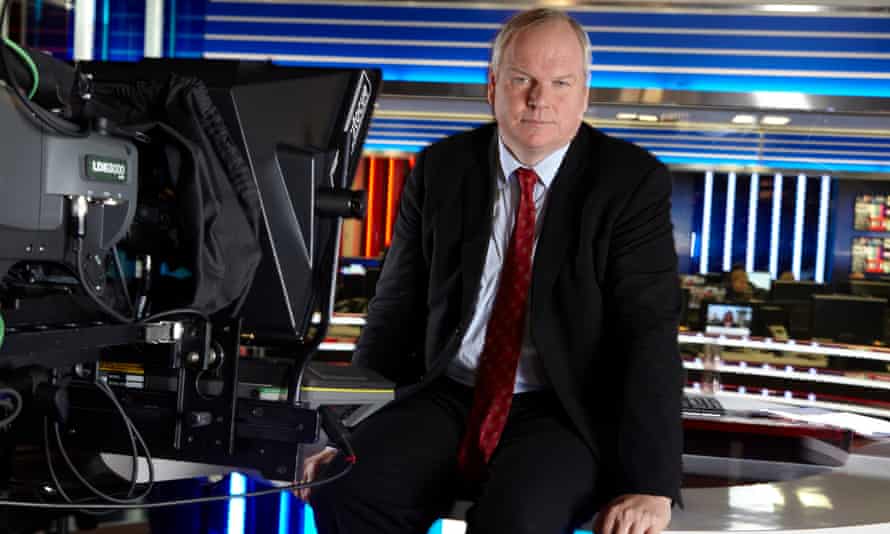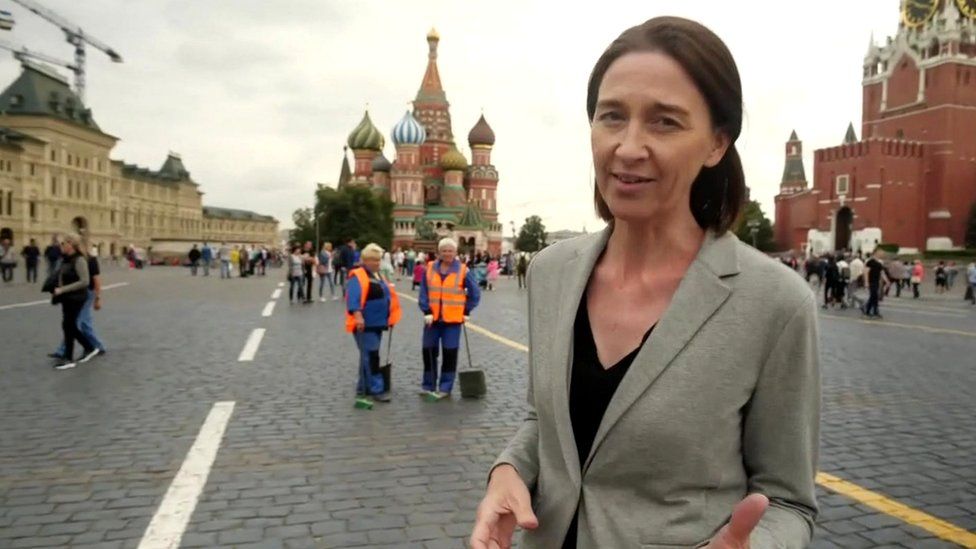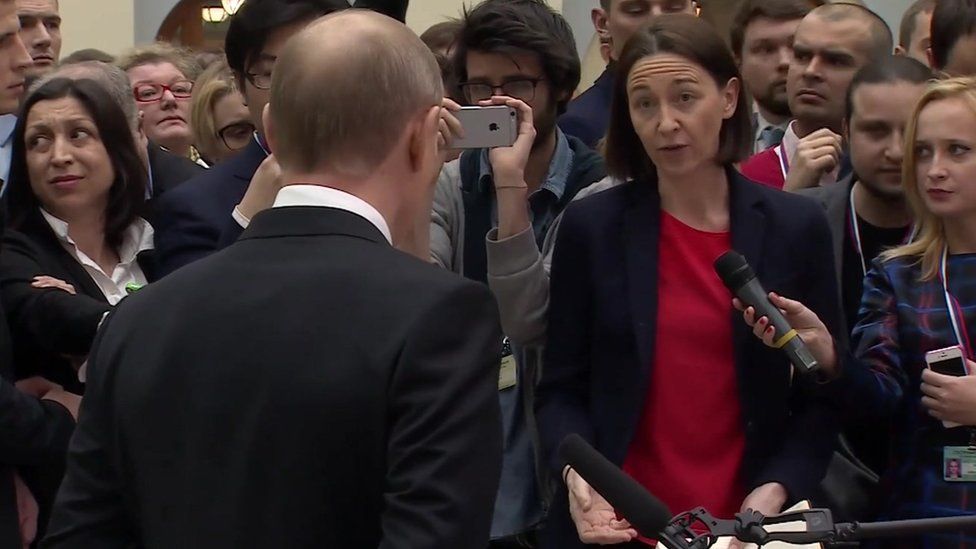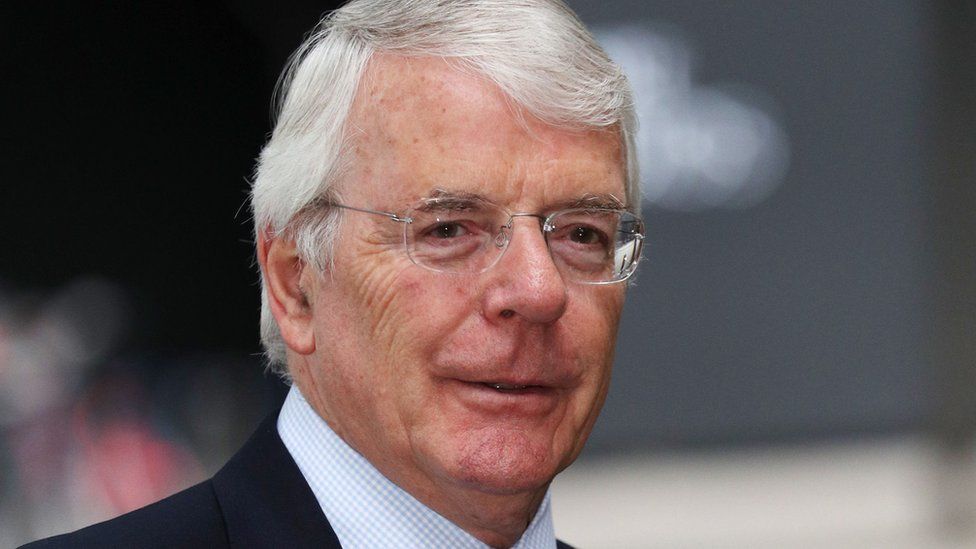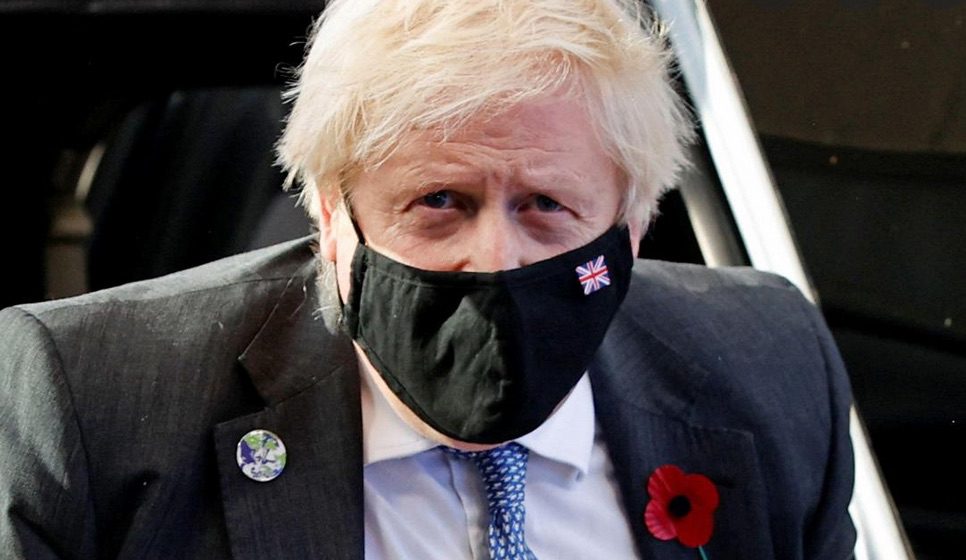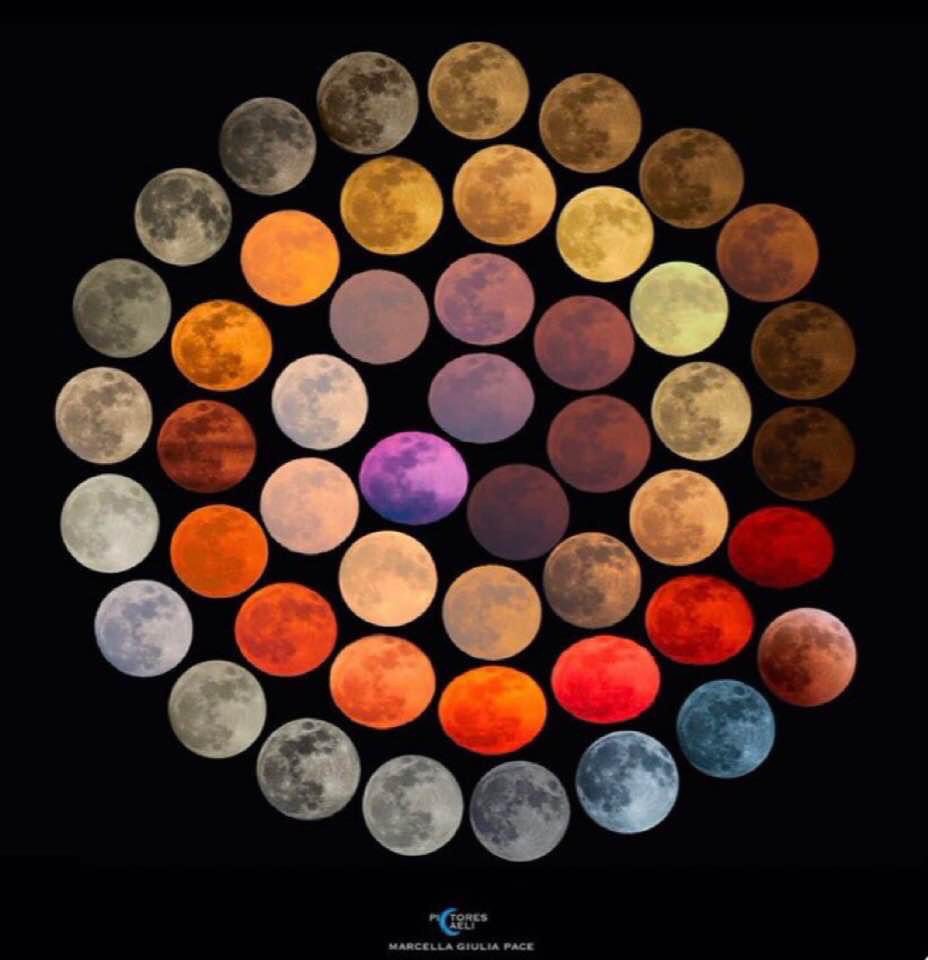(Comprehensive account, found via Jonathan McDowell Twitter account) – National Geographic, published November 16, 2021, by Nadia Drake
Four NASA astronauts, who had arrived just last week retreated, to their SpaceX Dragon capsule, while Russia’s two cosmonauts and another NASA astronaut took cover in their Soyuz spacecraft. They stayed inside these orbital lifeboats for about two hours, then repeated the exercise roughly 90 minutes later, as the station again passed through the new debris cloud. NASA has since canceled a handful of planned activities, warning that the schedule would be in flux.
“It’s a crazy way to start a mission,” mission control told the crew during a briefing.
The U.S. State Department later confirmed that the debris endangering the space station was produced when Russia tested an anti-satellite (ASAT) weapon and intentionally destroyed one of its own defunct satellites. The impact left behind hundreds of thousands of debris objects that now pose a risk to the ISS crew and other satellites in low-Earth orbit (LEO).
“Even though we know they have this capability, we were shocked that they chose to test it as they did,” says Kaitlyn Johnson, deputy director of the Aerospace Security Project at the Center for Strategic and International Studies. The test shredded a satellite whose orbit intersects with the path of the ISS, putting the humans on board, including Russian cosmonauts, at risk.
“The things rumbling around my mind are: Why now? What is this tied to? What message are they trying to send? And why that specific satellite?” she says.
The Russian defense ministry has since released a statement confirming the test but denying any risk to the space station: “The U.S. knows for certain that the resulting fragments, in terms of test time and orbital parameters, did not and will not pose a threat to orbital stations, spacecraft and space activities.”
At this point, it’s not clear whether Roscosmos, Russia’s space agency, knew about the test in advance. In several interviews, NASA Administrator Bill Nelson said he had reason to believe that Roscosmos hadn’t been informed, noting that “they’re probably just as appalled as we are.”
Although this demonstration came as a surprise, it isn’t the first time that anti-satellite weapons tests have produced dangerous debris in orbit. We break down what happened during the latest test, how it could affect the ISS and other satellites, and the history of weapons designed to take out objects in space.
OK, so what exactly happened?
Initially the source of the debris was unclear, with only circumstantial evidence that an ASAT weapon was involved. Russia had issued a NOTAM—a notice to airmen—warning them to keep out of the airspace above the Plesetsk Cosmodrome, a facility on the country’s northern coast that’s known for launching these types of missiles.
“Those particular warning zones are very characteristic. We only see them when Russia is going to be testing its Nudol anti-satellite weapon,” says Jonathan McDowell, an astronomer at the Harvard-Smithsonian Center for Astrophysics who also studies populations of objects orbiting Earth. Nudol is similar to an anti-ballistic missile, but it’s designed to shoot down objects in space.
“These systems are very similar to a lot of missile defense systems, and a lot of the ballistic missile systems that Russia, China, and the United States have,” Johnson says. “You’re just orienting the targeting and making sure that it has the tracking and telemetry to be able to target a satellite instead of a point on Earth.”
By mid-afternoon on the day of the launch, U.S. officials had confirmed that Russia had conducted a test by intentionally firing a missile at a defunct Soviet intelligence satellite called Cosmos 1408, part of the Tselina-D system. The missile obliterated the 4,850-pound satellite, producing hundreds of thousands of pieces of debris that are now in orbit.
What Happens When an Astronaut Drops Something in Space?
Russia has tested the Nudol ASAT weapon before, most recently in December 2020, although never by destroying an actual object in orbit.
“If this weapon is tested on an actual satellite or used operationally, it will cause a large debris field that could endanger commercial satellites and irrevocably pollute the space domain,” U.S. Space Command, which oversees military operations in space, warned after the December 2020 test.
In a briefing, State Department spokesperson Ned Price called this most recent test “reckless” and “dangerous.” The U.S. Space Command called it “simply irresponsible,” with a spokesperson confirming that the satellite’s destruction was “not an accident.”
Have other countries conducted these types of tests?
Yes, as the Secure World Foundation details in this April 2021 report.
Notably, in 2007 China blew up one of its own satellites, producing thousands of pieces of debris that have been a major headache ever since. The United States followed up in 2008, destroying a failing reconnaissance satellite in a very low orbit, an event that resulted in some 400 pieces of orbital junk. India did the same in March 2019, becoming the fourth country to demonstrate what’s known as counterspace weapon capabilities—but India intentionally targeted a satellite in very low Earth orbit, and most of the debris burned up in the planet’s atmosphere shortly afterward; only three trackable pieces remain circling the planet.
Multiple anti-satellite systems either exist or are in development. Some actively destroy satellites with impactors, while others disable satellites more passively. These technologies include high-powered microwaves that can disrupt electronics, devices that jam communications systems, and ground-based laser systems. Johnson and her colleagues report that China’s ASAT systems are now so robust that the country “can threaten any U.S. satellite in LEO, and likely medium Earth orbit and GEO [geostationary orbit] as well.”
Russia has been testing anti-satellite systems since the 1960s, starting with co-orbital anti-satellite systems that rendezvous with and destroy targets from space rather than from the ground. It has been test-firing Nudol missiles into space since 2014, just without hitting anything until now.
How much debris did this event produce?
The U.S. State Department announced that more than 1,500 pieces of debris are big enough to be trackable, and that hundreds of thousands of smaller pieces are also floating around.
In total, “there are about 20,000 tracked objects currently in orbit, and probably this is going to add 10 percent to that,” McDowell says. “It’s gonna be thousands of objects, a significant addition to the number of tracked objects.”
The U.S. government only tracks objects that are bigger than about 4 inches (10 centimeters). But LeoLabs, a startup that also tracks orbital objects, has the capability to follow bits and pieces that are as small as three-quarters of an inch wide—about half the width of a golf ball. The company’s data were among the first to suggest that Russia targeted Cosmos 1408.
“We are counting many, many objects—we’re not even sure how many there are yet, but it’s a lot,” says Ed Lu, one of the company’s founders and a retired NASA astronaut who’s logged more than 206 days in space.
What’s going to happen to all that space junk?
When a satellite is blown to pieces by a missile, the debris cloud generally keeps moving along the satellite’s original orbit. Some of the pieces will be boosted into higher orbits, others will be flung to lower orbits, and some will be thrown into completely different trajectories. Over time, the cloud will expand.
“This was a pretty energetic breakup, so that means the new objects can be on quite different orbits,” Lu says.
Tracking those objects and nailing down their trajectories will take days, if not weeks. The largest pieces will linger in orbit for years, maybe decades. The smaller bits will reenter Earth’s atmosphere and burn up, maybe within a year or so, McDowell says.
“For the next few years, there’s going to be an enhanced risk of collision in low-Earth orbit,” McDowell says.
Is this debris dangerous?
It can be, for multiple reasons. Objects in orbit are moving extremely quickly, at tens of thousands of miles an hour, which means that even colliding with a small piece of debris can produce major damage. If an object the size of a golf ball smashed into the International Space Station, it could be catastrophic, rupturing the hull and causing depressurization and death for anyone inside. But even something the size of a pea could be dangerous, depending on where it struck.
“The number one safety risk to astronauts is already untracked debris,” Lu says. “And the number of untracked pieces big enough to come through the hull is already about a quarter-million. But space is big, and that’s what you bank on—but that isn’t really a strategy, right? It’s the same strategy the Earth relies upon to not get hit by asteroids: Space is big, most days are good.”
What about all the other satellites up there? Are they in danger?
In general, yes. More space debris is bad news—and if enough of it accumulates, low-Earth orbit could become unusable. Already, this region is quite crowded, and if the Federal Communications Commission approves a recent wave of applications for additional hardware, as many as 94,000 new satellites could be headed to orbit in the coming years.
As congestion increases, operating satellites becomes trickier, and the dangers posed to crewed missions also increase. In April astronauts on NASA’s Crew-2 mission had to unexpectedly take shelter when an unknown piece of debris came too close to their spacecraft as they flew to the ISS.
“Making unnecessary debris in LEO is bad. Making unnecessary debris in LEO when we’re vastly increasing the number of active LEO satellites is super-bad,” McDowell says.
Cosmos-1408 was orbiting 300 miles up, which is just below the planned 340-mile altitude for SpaceX’s megaconstellation of internet-providing Starlink satellites. Some of the debris blasted into higher orbits could collide with any of the thousands of Starlink satellites that are already aloft, possibly incapacitating them.
“You’ve got thousands of targets in the form of the Starlink satellites, and if you manage to hit a few, now you’ve got dead Starlink satellites passing through this crowded region,” McDowell says. And then, he says, you could face the beginning of a disastrous snowball scenario known as Kessler syndrome.
What is Kessler syndrome—and are we hurtling toward it?
Proposed by NASA’s Donald Kessler in 1978, this eponymous scenario describes a catastrophic chain reaction of colliding satellites that eventually destroys our ability to operate in low-Earth orbit. As objects in orbit collide and disintegrate, the ever-growing cloud of space debris accumulates, fuels further collisions, and ignites a cascade of destruction that only fizzles out when there’s nothing left to pulverize.
This scenario has been portrayed in fiction, perhaps most fittingly in the 2013 film Gravity. In the movie, Russia shoots down a satellite, producing a chain of collisions that kills some astronauts and forces others to make an emergency return to Earth.
“We are already at risk for Kessler, and it’s just a question of how long it takes,” McDowell says. “It’s one of these typical environmental problems: It’s not that you wake up one day and the temperature has increased 50 degrees or the oceans have become poisonous, it’s that every week things are slightly suckier. You drown in your own filth without even noticing it.”
If space debris is so dangerous, why did Russia conduct this test?
While it’s difficult to know Moscow’s specific reasons for conducting the ASAT weapon test, it is clear that Russia—along with the United States and China—view space as a potential warfighting domain. “Russian military doctrine indicates they view space as critical to modern warfare and consider the use of counterspace capabilities as both a means of reducing U.S. military effectiveness and for winning future wars,” says a spokesperson for U.S. Space Command.
Even so, the nature of the test has left many scratching their heads.
“I’m frankly quite surprised that Russia chose to do this, and that they chose to do it in low-Earth orbit,” Johnson says. “They were very vocal and very aware of the space debris issue.”
Over the last day, some people have speculated that these types of technologies could be used to intentionally destroy humanity’s ability to fly in space. But such an act would have extraordinary consequences.
“Russia is almost just as reliant on space for their modern military as we are, and for their way of life,” Johnson says. “It would cause some really serious damage to the world, and to Russia as well.”






